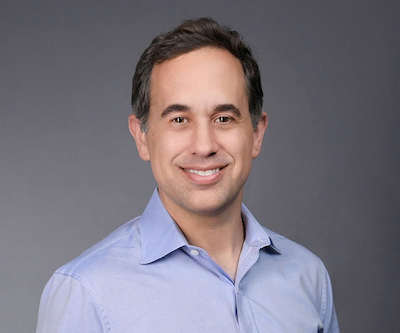Advertising Competition in Presidential Elections
Quantitative Marketing and Economics, 2016
We study television advertising in recent U.S. presidential elections. We develop and estimate a structural model of the competition between candidates in their decisions of where and when to advertise. In the model, candidates are forward-looking and allocate their advertising budgets across states and over time to maximize their probability of winning the election. The model allows for advertising to have both persuasive and learning effects on voters, and for these effects to vary across states. Using detailed data from the 2000, 2004, and 2008 elections, we estimate the parameters of the model. The results indicate that candidates advertise strategically and that advertising has a significant impact on election outcomes. We conduct counterfactual simulations to analyze the effects of different campaign finance regulations and to evaluate the efficiency of the observed advertising strategies.
Recommended citation: Gordon, B. R. & Hartmann, W. R. (2016). "Advertising Competition in Presidential Elections." Quantitative Marketing and Economics. 14(1), 1-40.
